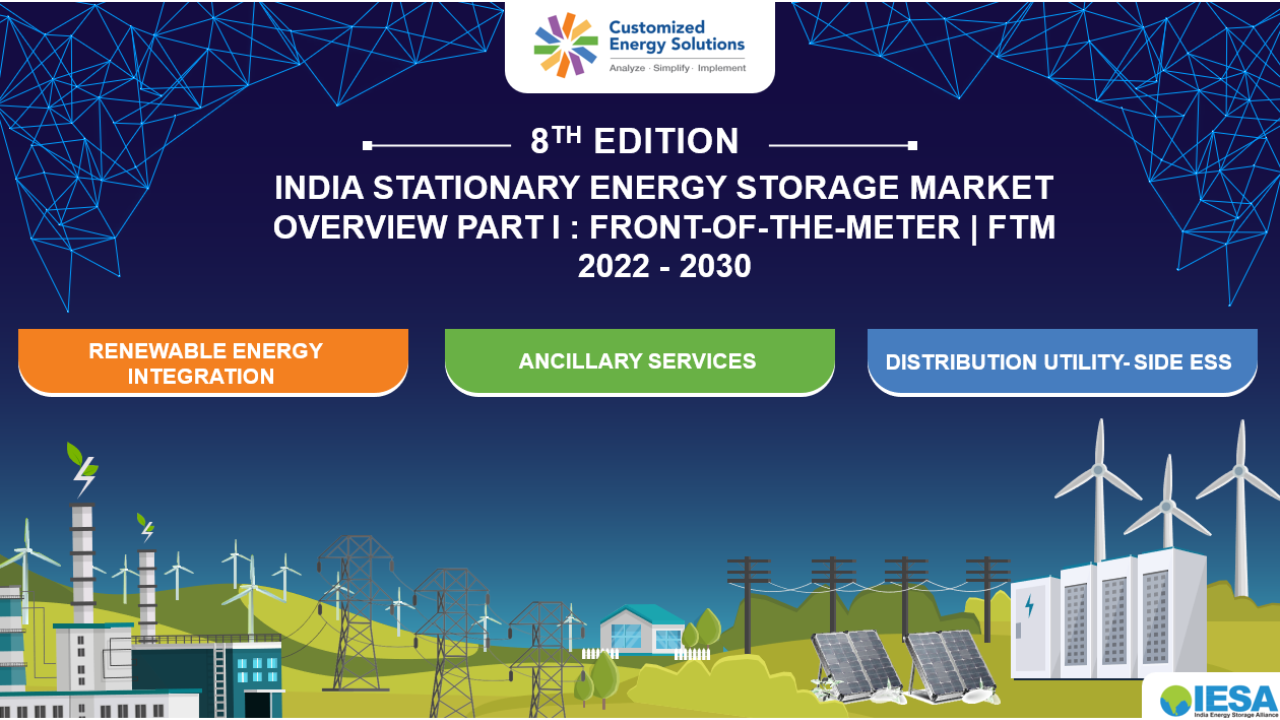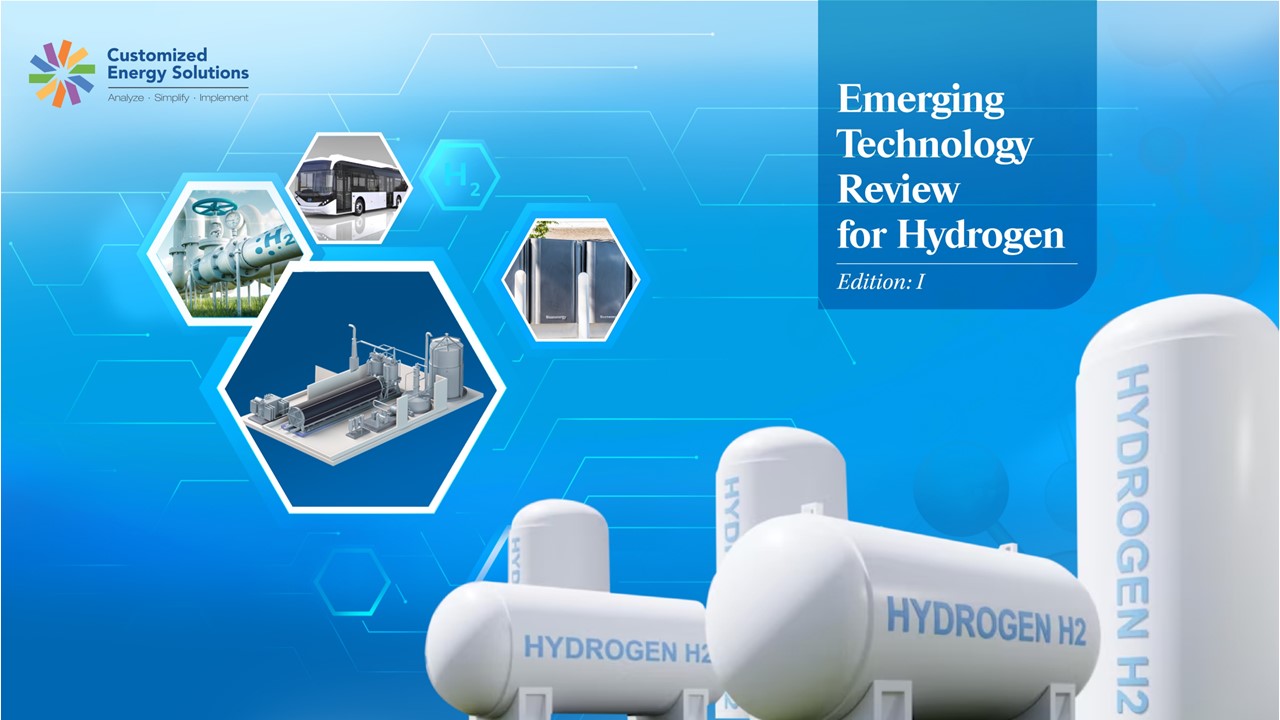Hydrogen plays a significant role in leading the world towards its net-zero emission goals. Global hydrogen demand reached 94 Mt in 2021, and it grew at a rate of 5% from that of 2020 demand. As per demand projections by IEA (2020), it is expected to grow over 500 MMt by the end of 2050 to achieve the global net-zero targets. Currently, Grey Hydrogen is the most widely used form, whereas the hydrogen from renewable sources (Green Hydrogen) is increasing exponentially and is expected to take more than 45 % share by 2050.
Figure: Global hydrogen production data between 2030 to 2050.
In this report, we have covered various modes of production, storage, transportation, and applications of hydrogen between now and 2050.
Figure: Hydrogen network from production to end users.
Electrolysis is one of the promising methods of green hydrogen production. In 2021, 30 kt of hydrogen was produced globally, which was 0.04% of total production. At the moment, it is 3-4 times more costly than hydrogen produced from fossil fuels limiting its application to high-value products like electronics. In electrolyzer deployment capacity, Europe is leading the world with a 40 % share, whereas Australia is aiming to catch Europe in a few years. Among various types of electrolyzers, the AEM electrolyzer is emerging as a breakthrough technology with the collective advantages of PEM and Alkaline electrolyzers and is expected to become popular in the future.
Figure: Performance matrix of various types of electrolyzers.
Through this report we provide specific information to a wide range of audiences who are interested in learning about these new technologies- such as upcoming start-ups, investors, government bodies, and other take a decision- makers on the technology adoption. It will also help the decision-makers to tweak strategies to attract investments based on the target set and actual developments in the green hydrogen sector.
In the current scenario, the use of a storage tank is the most economical and simplest way to store the hydrogen in the compressed form. Whereas the transportation of hydrogen through dedicated pipelines is the most favorable way of transport for large volumes and long distances, due to its low density, ease of dispersion, and embrittlement. For shorter distances and smaller volumes, a tube trailer is always preferred. As in 2023, the US has about 2,600 km of dedicated hydrogen pipeline, along with the world’s first long-distance pipeline between North America and Europe.
The report covers the technological advancements happening across the hydrogen value chain.
Which are the companies or R&D institutes who have the technology or commercialized products, across the hydrogen value chain?
Comparison of techno-commercial parameters of the technologies and also products offered by major suppliers.
Table of Contents
Executive Summary
Why do we need renewable energy
Introduction-Hydrogen
Types of Hydrogen
Hydrogen production, storage and consumption
Global trends in Hydrogen
Hydrogen supply chain overview
Production of Hydrogen
Global Hydrogen Demand
Global production of Hydrogen: Natural Gas, Coal Gasification, Water Electrolysis, Biomass Gasification
Comparison of Hydrogen Production Technologies
Carbon Capture
Carbon Capture Technologies
Global CO2 Capture Projects and cost
Key Players in CO2 Capture
Storage of Hydrogen
Methods of storing Hydrogen: LOHC, Metal Hydrides, Liquefaction, Cryo-compression
Comparison of Hydrogen Storage Technologies
Transportation of Hydrogen
Types of Transportation: Pipelines, Tube Trailer, Liquified on road, Ship
Comparison - Modes of Transportation of Hydrogen
Existing Challenges - High Production Cost
Hydrogen production using electrolyzers
Global Electrolyzers capacity Forecast: Global Installations of Electrolyzers
Types of electrolyzers: Basic design of electrolyzer system, Technology Variations (Alkaline, PEM, SOEC, AEM)
Comparison of electrolyzer Technologies
Commercially available Alkaline Electrolyzer
Commercially available PEM Electrolyzers
Cost breakdown of PEM electrolyzer system
Recent Advancements in Electrolyzers
Hydrogen Applications
Hydrogen application across Industrial, Power generation, Transportation. (2020 - 2050)
Industrial Applications
Urea Manufacturing
Steel Manufacturing
Oil Refineries
Fuel cells for Stationary applications
Basic design of Fuel Cell System
System Performance and Design Characteristics, Industry Progress Update, Key Players, Commercial Availability of various Fuel Cell systems:
Solid Oxide fuel cell
Proton Exchange Membrane Fuel cell
Phosphoric acid fuel cell
Molten Carbonate fuel cell
Performance matrix of fuel cell for various stationary applications
Hydrogen in Power generation - Gas turbine
Application of fuel cell for eMobility
Fuel cells for eMobility - Comparison with ICE
Comparison of Fuel Cell Technologies for eMobility
Companies actively developing PEMFC Technology for eMobility
Advancements in PEMFCs
Concluding remarks
Read More








 Policy & Regulatory Advocacy
Policy & Regulatory Advocacy






